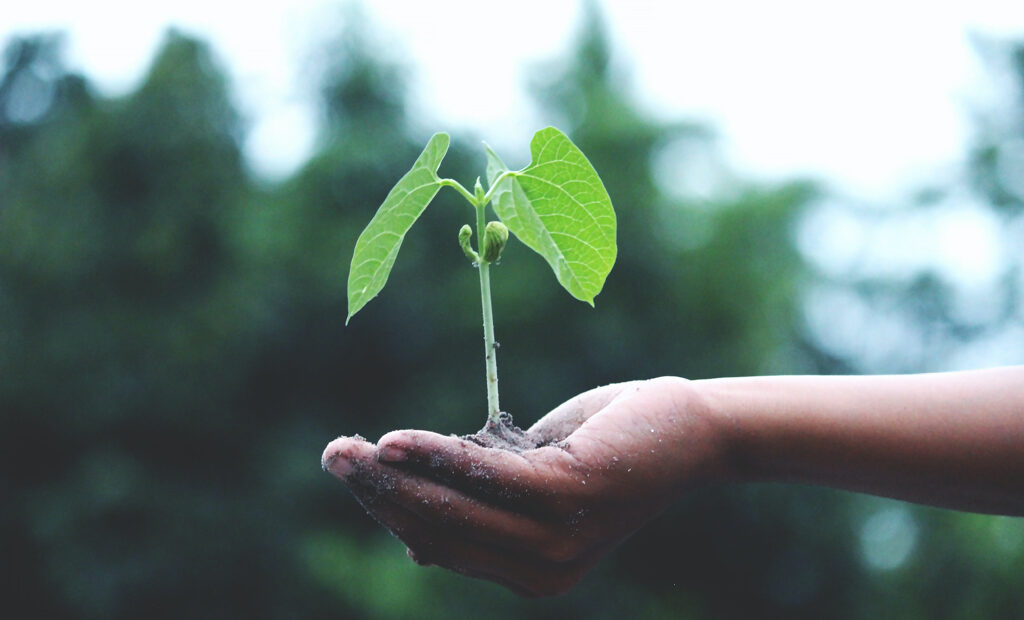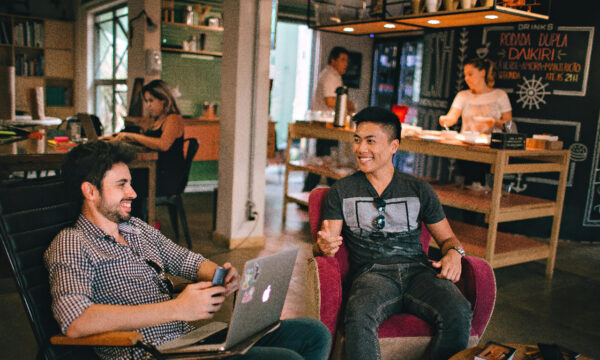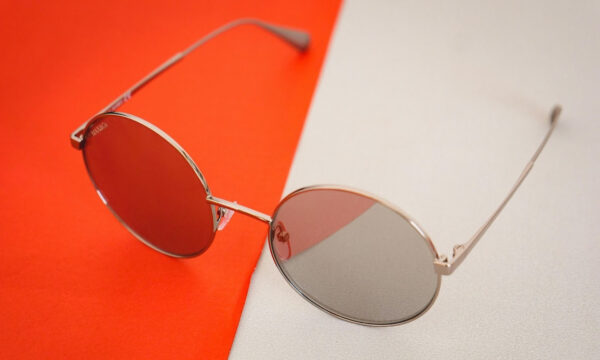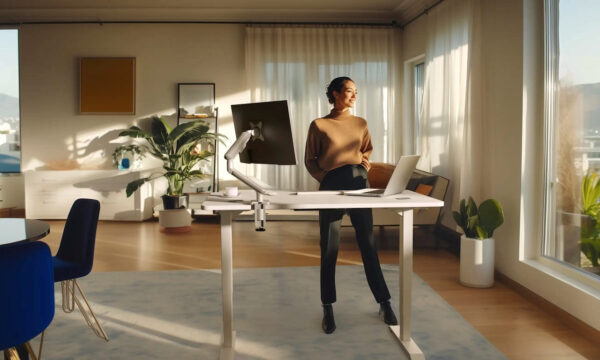Four creative examples of sustainable design and innovation

Sustainable design is the practice of producing and manufacturing products in a way that takes into consideration any social, environmental and economic impacts that might arise, from its initial phases right through to its end of life. The core purpose of sustainability is to reduce any negative impact imposed on the natural ecosystem, by minimising consumption of non-renewable resources, minimising waste and enhancing productive and healthy environments. This article explores what it means to truly define sustainable design as well as some creative examples of eco product design.
Plastic-free shampoo
An excellent example of sustainable product design is this shampoo made completely free of plastic packaging, created by HiBAR. Becoming sulfate, palm oil and plastic-free is the future of the haircare industry, and HiBAR is leading the way in this area, claiming that its shampoo and conditioner bars will result in salon-quality hair without any unnecessary packaging.
After visiting a plastic-covered beach, the innovative designers behind HiBAR wanted to remove any and all plastic from their lives. After three years of formulation, HiBAR was launched. The shampoo product delivers professional performance, natural ingredients and, above all, plastic-free packaging, which can be composted, easily recycled, or both. The shipping packaging is also 100% plastic-free, meaning no bubble wrap or plastic tape either.
Water bottles made of recycled plastic from the ocean
SOMA has created a water bottle that is made from the equivalent amount of material that goes into producing two used plastic water bottles. Plastic found in the ocean near remote islands is used, transforming waste materials into a smart design concept that is both durable and reusable.
There are three main components that go into making these sustainable water bottles: the first is durable borosilicate glass or, simply, sand. Glass can be continuously recycled as the material simply transforms back into sand when it erodes. Borosilicate glass is also of a higher quality, making it tougher than standard glass. The second is a protective BPA-free silicone sleeve. Silicone is durable and far friendlier to the oceans than plastic due to the fact it doesn’t degrade in the same way that plastic does. This sleeve enhances the protection of the glass bottle and provides a soft handgrip to allow for easy carrying on the go. Finally, a leak-proof bamboo cap is added. Bamboo is a renewable resource, aiding in the sustainability endeavours of this design concept. Inside the bamboo cap lies a small, recyclable plastic lining, largely due to the fact that bamboo is not waterproof, retaining any water and making the bottle cap leakproof.
Device to streamline waste processes and generate revenue from waste
The Imagination Factory have collaborated with FundWaste, an innovative start-up with the vision of enabling businesses to generate revenue from waste. They set out to develop a device using post-consumer recycled (PCR) plastics, adopting a combination of “Design For” and “From Recycling” strategies. The FundWaste device aids users by allowing them to “see and smell” the current state of their waste remotely. The innovative sustainable design enables the production of units derived from PCR plastics, as well as ensuring they maintain suitability for effective shredding and subsequent reuse till its end-of-life. The device utilises a camera with sensors that alerts the user to the need for a waste collection, which, in turn, reduces the number of costly rubbish pickups and offers individuals higher-value waste streams. Furthermore, the data captured by the device also enables schools, businesses and organisations in reducing added costs and can instead generate revenue from waste. As a certified B Corp, it is in the Imagination Factory’s DNA to look for ways to design in harmony with the planet’s resources and continue to work with sustainable concepts and innovative companies.
Soap bottles that turn into soap once they’re empty
The innovative minds at Soapack have taken zero-waste to a whole new level, by creating a toiletry bottle that can be used as soap once its contents are finished, completely removing any excess packaging. To produce the product, a vegetable oil-based soap is made before dying it with pigments from plants, flowers and minerals. The product is then formed into a mould with an layer of beeswax added to keep the bottle waterproof and prevent any of the liquid contents from dissolving the container before they are completely used up. Individuals can store their Soapack bottles in a dry place to preserve them or, alternatively, leave them on a soap dish to allow them to melt away on contact with water and as they are used. If the user desires, they can keep the Soapack dry as a permanent ornament, however, the main intention behind this innovative product design is to ultimately melt away to nothing. In this way the bottles dispose of themselves when introduced to water or simply once they are empty.
According to the innovative product designer, postgraduate student Mi Zhou, the Soapack bottle is “designed to invite individuals to use it or even deconstruct it, eventually making it disappear”, and the project is a direct response to the disposable nature of plastic packaging for the toiletries industry. Zhou goes on to explain that “product packaging has always been thrown away, no matter how well-designed or what material it is made of. I want to re-evaluate what packaging could be as well as help us to reduce our plastic footprint”. A standard plastic bottle can take up to 450 years to break down, and non-recycled plastic often ends up polluting the ocean, so there is definitely a space for this innovative design.
The editorial unit

























Facebook
Twitter
Instagram
YouTube
RSS